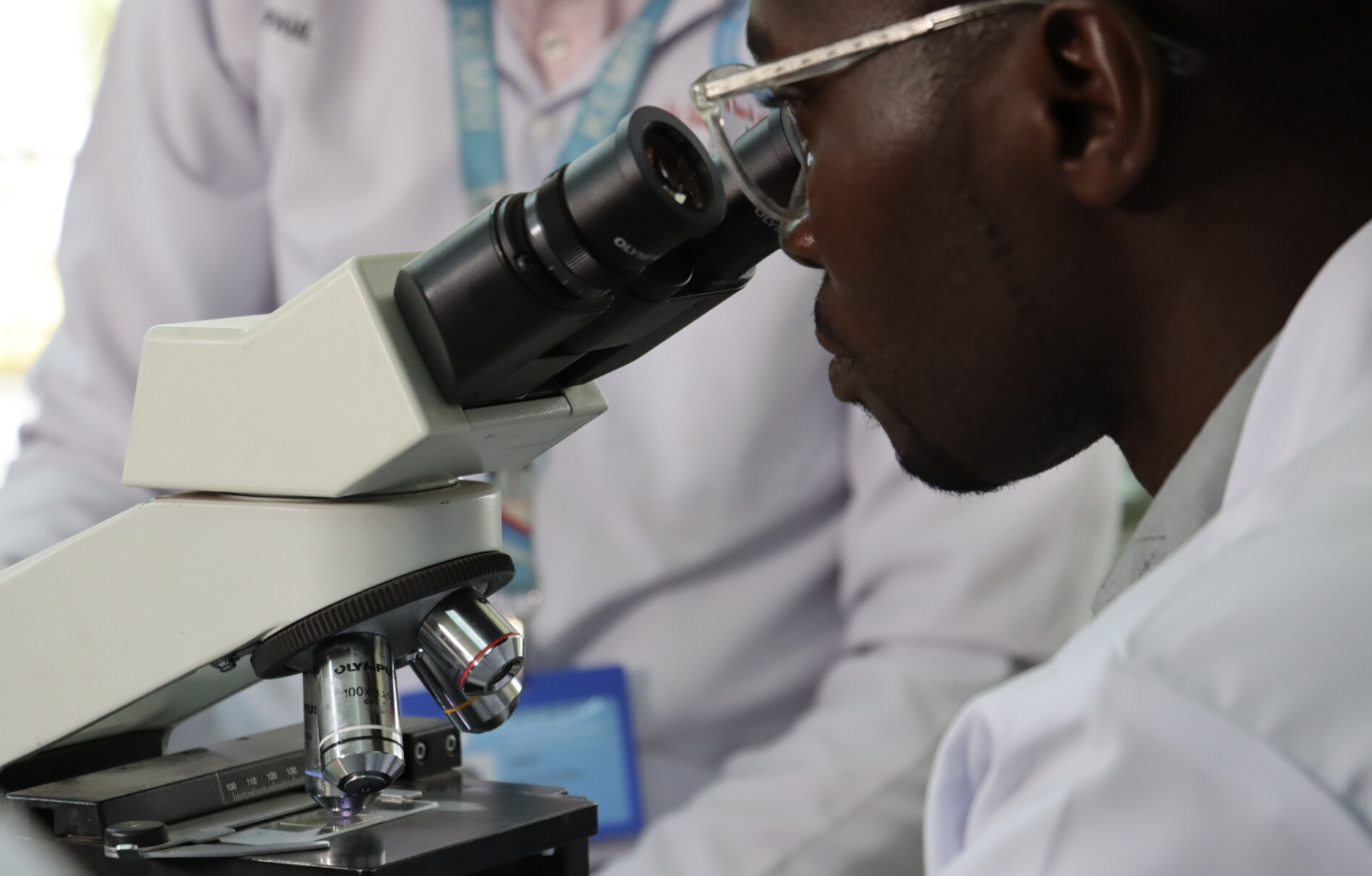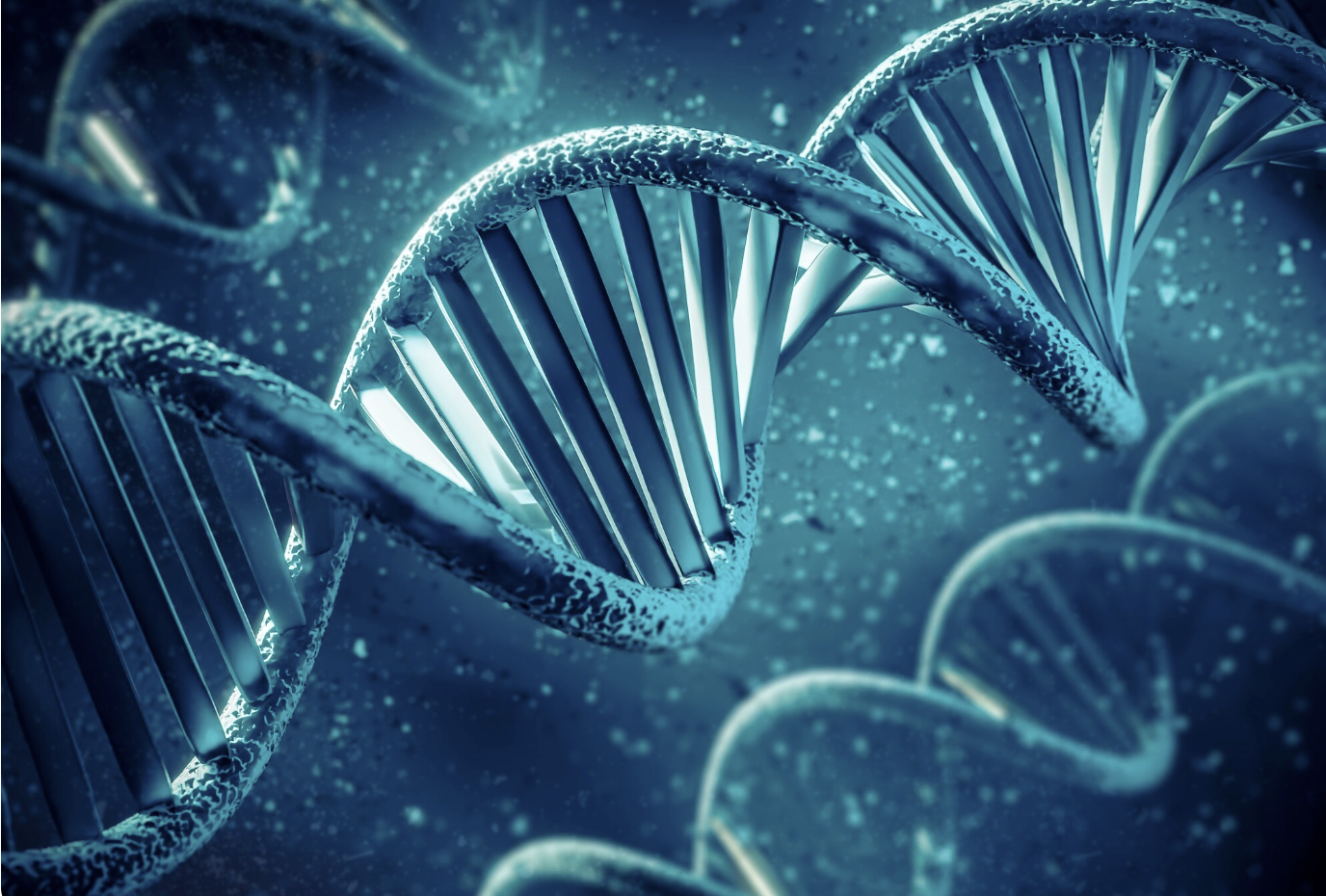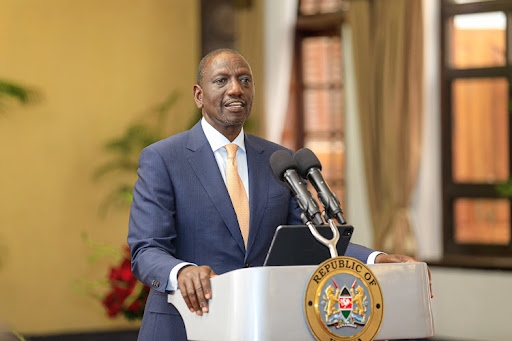 A Kemri scientist in the laboratory. Nearly 900 volunteers from the Bantu, Nilotic, and Cushitic
groups gave samples for the biobank project.
A Kemri scientist in the laboratory. Nearly 900 volunteers from the Bantu, Nilotic, and Cushitic
groups gave samples for the biobank project.
Deep inside a laboratory at the Kenya Medical Research Institute (Kemri), hundreds of tiny filter papers sit in a secure cabinet, each one holding a fragment of Kenyan history.
They together form the most comprehensive genetic data of Kenyan tribes available today, known as a forensic biobank.
Scientists hope this material will one day help solve crimes, settle family mysteries and disputes, and even tell us more about where Kenyans came from.
"The data set comprises 60.8 per cent Bantu, 24.9 per cent Nilotic, and 14.3 per cent Cushitic samples closely mirroring current population structure in Kenya. The samples are currently stored in duplicate as FTA cards and extracted DNA," the Kemri scientists said. FTA card is a chemically treated filter paper designed for the collection, preservation and shipment of biological samples.
The project, led by senior research scientist at Kemri Eva Aluvaala-Nambati, has been ongoing for the last four years but has now published its first results.
The scientists explained that their work could change how the justice system uses DNA, the genetic code of life.
If DNA is found at a crime scene today, investigators often compare it with international databases. The problem is that most of those databases are built from European or Asian populations. African data makes up only a tiny fraction (about five per cent).
“There is a need to generate updated and comprehensive genetic frequency data for the Kenyan population in compliance with ethical standards,” Nambati and her colleagues said. This will make the work of investigators much easier because they can immediately know the tribe of a suspect.
Nearly 900 volunteers from the Bantu, Nilotic, and Cushitic groups gave samples for the project.
The volunteers included farmers, teachers, traders, and students. Some had little formal schooling, others held university degrees. Ages ranged from 17 to over 90.
The researchers stress that participation was voluntary and no one was paid. "During the consenting process, the risks, benefits and rights of the participant were explained," they noted.
This careful approach matters because in the past, genetic research in Africa was sometimes done without proper consent or respect for communities.
The researchers said they rubbed sterile swabs (like cotton buds) gently inside each person’s mouth to pick up cells from the cheek. The cells were then transferred onto special storage cards and processed in the lab.
To test the system, the team sequenced 132 samples from the coastal region. They looked at mitochondrial DNA, the part of our genes passed down from mothers.
They have published their findings in the Forensic Science International: Synergy, in a paper titled, “Forensic biobank; towards comprehensive forensic genetic frequency database for the Kenyan population.”
What they found was a rich mix of genetic lineages called
haplogroups.
 A DNA strand. The team sequenced 132 samples from the coastal region. They looked at mitochondrial DNA, the part of our genes passed down from mothers.
A DNA strand. The team sequenced 132 samples from the coastal region. They looked at mitochondrial DNA, the part of our genes passed down from mothers.
Think of haplogroups as branches on the family tree of humankind. Each one traces back thousands of years to an ancient ancestor. In Kenya’s coast, the researchers discovered haplogroups L3, L0, L2, L1, L4, M, L5, and N.
The most common was L3, which appeared in half of the people studied. Half of these coastal volunteers share a maternal lineage that connects directly to the great migrations of humans out of Africa. Scientists around the world recognise haplogroup L3 as the starting point for all people who live outside Africa today.
Other haplogroups also told their own stories. Haplogroup L0, found in about 21 per cent of the coastal samples, is one of the oldest maternal lines in the world, with deep roots in sub-Saharan Africa. L2 and L1 are also widespread in African communities. Haplogroups M and N are rare on the continent but appear in East Africa, likely because of centuries of movement and trade across the Indian Ocean.
The team identified a total of 57 unique sub-haplogroups (smaller branches of these lineages). That level of detail shows just how diverse Kenyans are, even within a single region.
They said the immediate use is for crime investigation. When DNA is found at a crime scene, investigators will easily know from which part of Kenya or tribe the suspect likely comes from. That makes justice stronger and fairer.
“The biobank is positioned to provide research samples that can be used in generating an inclusive population-specific forensic genetic frequency reference database for the Kenyan population,” said the authors, who included two from the University of Nairobi and Moi University.
The biobank could also help in identifying disaster victims, tracing missing persons, or uncovering family ancestry. Scientists can use it to study how different communities are related and how people moved across regions over centuries. With new technology, the biobank may even be used to predict someone’s biogeographical ancestry, whether their roots lie along the coast, in the Rift Valley, or beyond Kenya’s borders.
For instance, in 2023, Kenyan anthropologist Prof Chapurukha Kusimba dug centuries-old graves at the coast and extracted DNA to establish that the Swahili people are originally African.
The findings rubbished stories by Western archaeologists who emphasised the connections of the medieval Swahili to Persia and Arabia, suggesting that impressive achievements by the Swahili could not have been attained by Africans.
Kemri’s project also plugs a hole in global science. At the moment, African genetic data is badly underrepresented in international databases like the Mitochondrial DNA Population Database (EMPOP) and the Y-chromosome Haplotype Reference Database (YHRD). In EMPOP, for example, only about 5.7 per cent of data comes from Africa.
The authors said the focus is on expanding the biobank to build a comprehensive DNA library that captures the true diversity of Kenya’s 47 ethnic groups.
“The current size of the biobank can be increased to have larger data sets. Larger data sets can in future be used for fine-scale genetic studies that can potentially contribute to the development of predictive models for the prediction of biogeographical ancestry in Kenya,” they said.
The other authors are Kemri’s Diana Maritim, Belinda Azzam, Ngure Kirosh, Luna Kamau, Solomon MpokeLewis Karani, Martin Sang, Abdiaziz Gosar, Olipher Makwaga, Lydia Eyase, Herzel Tiffany Wandera, Sharon Ariga, James Nyabera, Milka Mwangi, Francis Kimani, and Wallace Bulimo. Others are Edward Muge of the UoN and Winfrida Cheriro of Moi University.

















